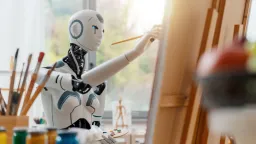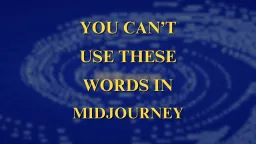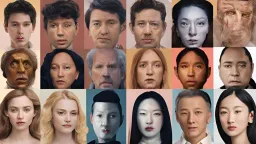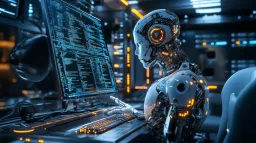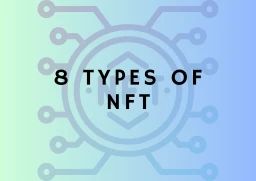How to copyright AI-rendered artwork

Can copyright be claimed for creating AI-rendered artwork even if it is not 100% handmade art? This article will help you understand How to Copyright AI-Rendered Artwork.
What is AI-rendered art?
As NFTs continue to be on the rise, people also start to seek clearer definitions for what is AI-art. Art has long been associated with the human touch, where people make use of their innate creativity to create pieces for appreciation. In the case of NFTs however, most art pieces are done with the help of an AI tool. This has thus caused the rise of AI-generated art, where artists use algorithms and other AI tools to create art. The algorithm is set to analyse thousands of images to identify if there is a certain style or pattern used throughout these images. Based on these patterns or aesthetics identified, the algorithm is expected to generate other images in a similar aesthetic to the artworks previously screened. This was implemented to push the boundaries of human creativity and to continue generating artwork as originally as possible.
Who then gets the copyright for AI-generated art?
Many online critiques argue that AI-generated art is not considered ‘real art’. Its because of the fact that the artwork did not come from the hands of the artist; but the works of the algorithm. Therefore there is a debate on whether the copyright should go to the one who created the algorithm. Or the one who ran the algorithm to produce such art pieces. Right now, the majority seem to agree that the person who ran the algorithm and therefore ‘generated’ these new art pieces should be awarded the copyright.
Platforms that are awarding the copyright are also doing so based on the artwork that is generated. Most AI platforms choose to give the user all copyrights. Because they are the ones who inserted the reference images for the algorithm to run. Moreover, it is expected that platforms that deny giving any user all copyrights are bound to lose out to all other platforms that give their users copyrights.
What is ‘Copyright Basis’?
The reason for the discussion about who gets the copyright is because of the definition of ‘copyright basis’. Copyright is automatically granted once one’s art is in a ‘fixed, tangible form’. However, there has yet to be a definition of who makes this art fixed and tangible. In the US, to prove that one is a legitimate copyright holder, one must register that copyright with the US government. Since an algorithm is unable to act independently, this may be a big reason why the copyright is given to the algorithm used.
Also note that according to the US government, artworks that can be copyrighted are limited to ‘the fruits of intellectual labour that are founded in the creative ideas of the mind’. This means to say that we cannot solely rely on algorithms to generate artwork. Because it would completely lack the human touch required for the artist to be ‘eligible’ for copyright. We, therefore, suggest that you modify AI-rendered art such that it makes the work AI-assisted. Therefore more likely to be eligible for copyright.
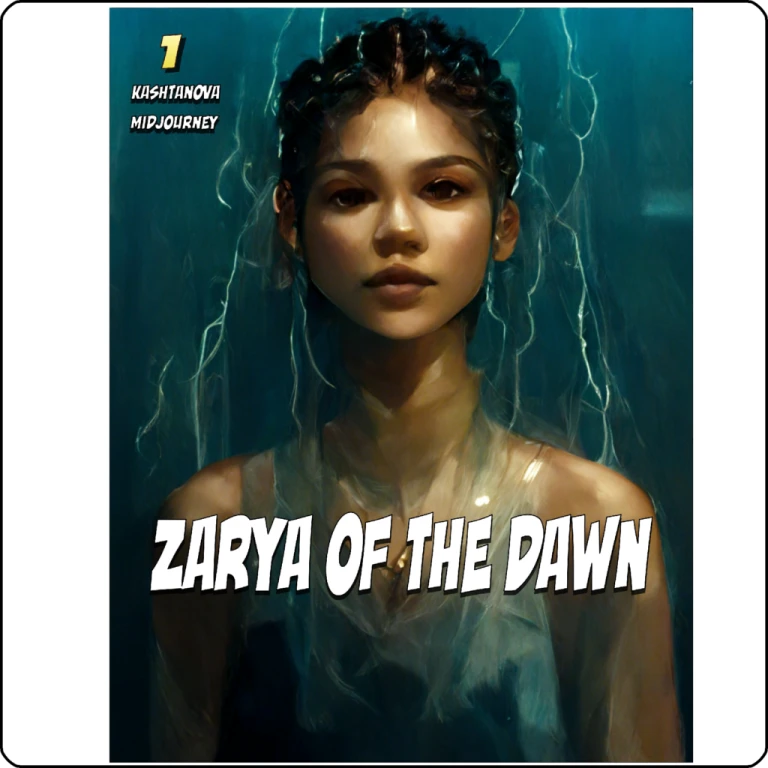
An example of this would be the AI-generated graphic novel ‘Zarya of the Dawn’. The author, Kris Kastanova claimed that the copyright application stated that the artwork was AI-assisted. But she received the copyright for it anyway. She claims that she had to choose the images placed into the graphic novel from the ones generated by the algorithm. She also claims that she had to personally decide on the layout of the images to create a complete graphic novel. These efforts contribute towards human authorship, which are solid grounds for her to be awarded the copyright.
For more discussion, have a look at the video below.
The importance of registering for copyright
Artists face the common issue of plagiarism. Which stems from one claiming work as their own even if they are not the original creators of the work. In order to protect the original artist’s creative work and originality, it is essential for them to apply for copyright. So that credit can be awarded accordingly. Registered copyright also makes it easier for one to legally sell your artwork. And also to grant exclusive or non-exclusive licenses to your artwork. If you have personally contributed to the generation of piece of art, you can apply for copyright to claim the credit that is rightfully yours.
Thanks for reading! At Niftyzone, we value your craft and wish to share it with the NFT Community!
Follow our Twitter and Telegram for more updates on our Marketplace.
Feel free to contact us for any further inquiries, or have a look at our FAQ page as well!
